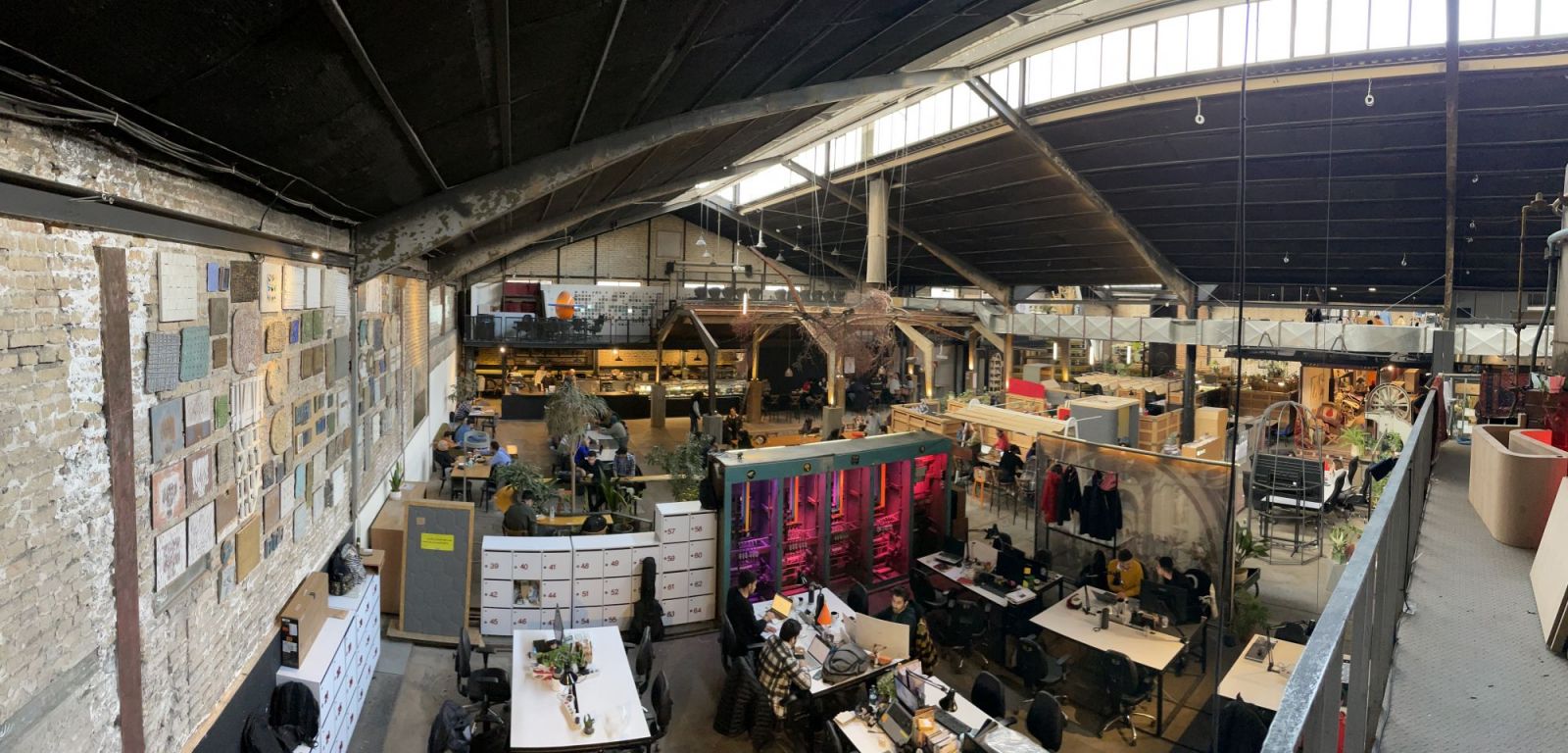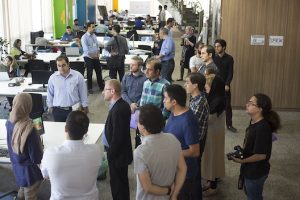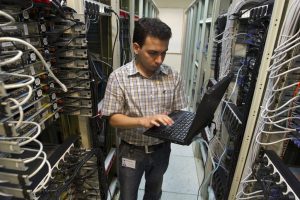Iran: Innovation Against the Odds
table of content
Introduction to Iran’s Thriving Startup Ecosystem
- What’s Driving Iran’s Startup Growth?
- The Rise of Tech-Driven Entrepreneurship After 2012
- Why Iran Is Emerging as a Startup Hotspot
Digital Infrastructure and Market Potential in Iran
- Internet Penetration and Smartphone Usage in Iran
- The Growth of Iran’s Digital Economy in Numbers
- E-Commerce Trends: From Digikala to Local Online Startups
- Why Iran’s Digital Market Is Ripe for Innovation
Iran’s Innovation Hubs and Startup Infrastructure
- Inside the Azadi Innovation Factory: Facilities & Impact
- Pardis Technology Park and Its National Role
- Co-Working, Accelerators & Startup Events: Creating Synergies
- Innovation Factories as Startup Launchpads in Iran
Venture Capital in Iran: Challenges and Resilience
- Sarava VC: The First Tech Venture Capital Fund in Iran
- How Sarava Transformed Iran’s Startup Investment Landscape
- Navigating Sanctions and Regulation as a VC
- The Future of Venture Capital and Startup Funding in Iran
Introduction to Iran’s Thriving Startup Ecosystem
An in-depth overview of the key forces shaping the rapid evolution of Iran’s startup landscape.
The Driving Forces Behind Iran’s Startup Growth
Iran’s startup ecosystem has experienced significant growth since its early developments post-2012. This expansion is the result of a unique combination of internal and external forces working in tandem.
At the heart of this evolution are Iran’s universities—long-standing centers of scientific and technical excellence—which have become vital hubs for entrepreneurial thinking and innovation. Equally important is the role of Iran’s youthful and educated population, whose ambition and digital fluency have accelerated new business creation across sectors.
Additionally, a wave of highly skilled Iranians returning from abroad has injected global insights and technical expertise into the local ecosystem. Today, the landscape includes a diverse network of actors: students, academics, founders, policymakers, government organizations, and investors—all contributing to the momentum and direction of the startup environment.
Digital Infrastructure and Market Potential in Iran
One of Iran’s strongest assets is its advanced digital infrastructure, which supports both innovation and market scalability. By 2020, internet penetration had reached 84%, and smartphone usage stood at 69%—indicators of a society deeply connected through technology.
This widespread digital access has laid the foundation for a robust and growing digital economy. Iranian startups benefit from a vast online consumer base, giving them the opportunity to develop scalable digital solutions and tap into a tech-savvy market eager for innovation.
The Surge in Iran’s Digital Economy and E-Commerce
Iran’s digital economy has shown remarkable progress in recent years. Between 2016 and 2020, the digital economy’s share of national GDP grew from 3.8% to 6.9%, signaling a deepening integration of digital solutions into the country’s economic fabric.
E-commerce, in particular, has seen explosive growth. Online transactions reached over $42 billion in 2020—accounting for 34% of Iran’s liquidity and marking a 2.5x increase from the previous year. The number of active online shopping platforms has also surged, climbing to 49,000 e-commerce websites in 2020—three times the number in 2017.
Global Recognition: Iran’s Climbing Innovation Rankings
Iran’s rise as a regional innovation hub is increasingly visible on the global stage. The country’s position in the Network Readiness Index (NRI) improved from 92nd in 2016 to 79th in 2021, reflecting better integration of digital infrastructure and enhanced technology adoption.
Meanwhile, in the Global Innovation Index (GII), Iran ranked 60th globally and 2nd in Central and Southern Asia in 2021—demonstrating regional leadership in innovation. Similarly, Iran’s Global Entrepreneurship Index (GEI) ranking rose from 94th in 2015 to 64th in 2019, indicating improving conditions for starting and scaling new ventures.
Government Support: Fueling Knowledge-Based and Creative Companies
Government initiatives have become a crucial pillar of Iran’s startup ecosystem, particularly in times of economic strain and sanctions. Since 2019, government backing has helped sustain innovation through targeted financial and policy support.
One major player is the Iran National Innovation Fund (INIF), which provides tailored financial products such as loans, credit lines, direct investments, and advisory services. The fund’s support has grown significantly since 2019, leading to a surge in knowledge-based companies, which focus on high-tech development and commercialization. As of 2021, over 6,300 knowledge-based firms were registered in Iran.
In parallel, the number of creative companies—especially those working in digital media, cultural industries, and design—rose to 1,412 firms in 2021. This dual support for both tech-driven and culture-based entrepreneurship is shaping a well-rounded innovation ecosystem.
Iran’s Innovation Hubs and Startup Infrastructure

Azadi Innovation Factory: A Model for Startup Support in Iran
Innovation factories have become vital support hubs in Iran’s growing startup ecosystem. Among them, Azadi Innovation Factory stands out as a pioneering initiative, marking the first branch of Pardis Technology Park. Strategically located in Azadi Square, it was founded through a collaborative effort between the public and private sectors. Its core mission is to attract, nurture, and integrate young entrepreneurial teams into the broader innovation ecosystem of Pardis.
Azadi Innovation Factory acts as a central hub for startups and accelerators, promoting shared branding and enhancing visibility to investors. The Factory offers a comprehensive range of services, including:
- Fully equipped workspaces through accelerators and innovation centers
- Access to investment opportunities
- Mentorship from seasoned industry professionals
- Networking platforms connecting startups, corporates, and policymakers
The facility houses nine accelerators and expert innovation centers focused on fields such as IT, healthcare, digital content production, and financial technology. Complementary amenities—like a restaurant, café, gym, and excellent public transportation access—make the environment both practical and appealing. Its proximity to major universities further encourages student engagement, supporting the growth of early-stage innovation.
By co-locating entrepreneurship events, co-working spaces, and accelerators, Azadi Innovation Factory creates critical synergies that lower go-to-market costs and boost startup success rates.
Pardis Technology Park: A Catalyst for Innovation in Iran
Pardis Technology Park plays a central role in advancing Iran’s innovation infrastructure. Through offshoots like Azadi Innovation Factory, it extends its impact by supporting ideation-stage teams and individuals. The park contributes to a broader culture of technological innovation, knowledge transfer, and entrepreneurial growth, reinforcing Iran’s position as a regional innovation leader.
Iran’s Digital Economy: Growth, Trends, and Structural Barriers
Digital Economy and E-Commerce Expansion
Iran’s digital economy has seen rapid acceleration, driven by widespread internet and smartphone usage. By 2020, digital activities accounted for 6.9% of GDP, up from 3.8% in 2016. E-commerce, in particular, has thrived:
- Online purchases hit $42 billion in 2020, representing 34% of national liquidity
- E-commerce platforms grew threefold in three years, reaching nearly 49,000 active websites
- Online retail’s share within total e-commerce transactions continues to rise, reflecting market maturity
Top platforms like Digikala play a crucial role in shaping this booming digital commerce sector.
The Expansion of Iran’s Startup Ecosystem
Since emerging in the post-2012 era, Iran’s startup scene has developed into a vibrant ecosystem. Early momentum came from universities and returning diaspora talent. The creation of venture capital funds, incubators, and accelerators—especially post-2014—catalyzed its expansion. Innovation hubs like Azadi Innovation Factory continue to enable collaboration, mentorship, and scalable growth for aspiring entrepreneurs.
Government Support: Progress and Gaps
The Iranian government has taken notable steps to support startups, especially after the 2019 reimposition of sanctions. Key initiatives include:
- Policies supporting Knowledge-Based Firms (KBFs)
- Funding from the Iran National Innovation Fund (INIF)
By 2021, over 6,300 KBFs were registered, and 1,412 creative companies emerged in arts and digital services. However, challenges remain:
- 75% of startups report no government assistance
- High rejection rates for KBF applications suggest access barriers and limited outreach
Core Challenges Facing Iranian Startups
Despite the promising growth, Iran’s startup ecosystem faces critical structural and external challenges:
- Sanctions (especially post-2018) restrict access to foreign investment, international markets, and advanced technologies
- Regulatory bottlenecks, such as difficulties in obtaining the e-Namad certification, create friction for digital startups
- Limited funding access forces many founders to rely on personal savings and informal networks
Ironically, these constraints have also reduced foreign competition, allowing some local firms to scale faster in a more protected market.
Case Study: Sarava VC and the Rise of Venture Capital in Iran
Sarava VC: Iran’s First Technology Venture Capital Pioneer
Founded in 2012 by global entrepreneur Saeed Rahmani, Sarava Venture Capital became the first technology-focused VC firm in Iran. At a time when the country’s startup ecosystem was still taking shape, Sarava filled a crucial gap by offering not only financial support but also strategic mentorship to emerging businesses. Its primary focus on internet-based businesses and e-commerce played a defining role in accelerating these sectors.
Catalyzing Growth: Sarava’s Broader Impact on the Startup Ecosystem
Sarava didn’t just invest—it built. By actively supporting early-stage startups through hands-on mentorship and operational resources, Sarava helped foster a foundation for Iran’s broader startup infrastructure. Its success inspired the emergence of new venture capital firms, accelerators, and incubators, expanding the support network for young entrepreneurs.
Key Contributions:
- First tech VC in Iran, established by Saeed Rahmani.
- Strategic focus on internet and e-commerce.
- Mentorship-driven approach to startup growth.
- Catalyst for the development of other VCs and support institutions.
Sarava’s Challenges and Strategic Resilience
Operating in Iran comes with substantial hurdles—regulatory uncertainty, limited financial infrastructure, and international sanctions being the most prominent. Yet Sarava has demonstrated notable adaptability. In a market largely cut off from global players, it seized opportunities to back local champions and scale businesses without the pressure of foreign competition.
Challenges faced:
- Sanctions limiting access to international capital and partnerships.
- Domestic regulatory challenges.
- A still-maturing financial and innovation ecosystem.
Resilience strategies:
- Localizing services and adapting funding models.
- Focusing on sustainable, long-term growth.
- Building alliances with universities and accelerators.
Looking Ahead: The Future of VC and Innovation in Iran
The trajectory of Iran’s venture capital sector depends heavily on macroeconomic conditions, regulatory transparency, and international relations. A shift in the global political climate or sanctions policy could unlock new funding channels and facilitate cross-border collaborations.
Despite these external dependencies, the domestic momentum remains strong. Iran’s young, educated, and tech-savvy population continues to drive innovation. With growing entrepreneurial ambition and expanding support systems, the venture capital landscape is expected to deepen its roots and broaden its scope.
Future Outlook:
- Macroeconomic stability and policy reform are critical.
- International engagement could unlock new investment streams.
- The evolving startup ecosystem shows continued promise, driven by Iran’s resilient entrepreneurs.















Post Comment